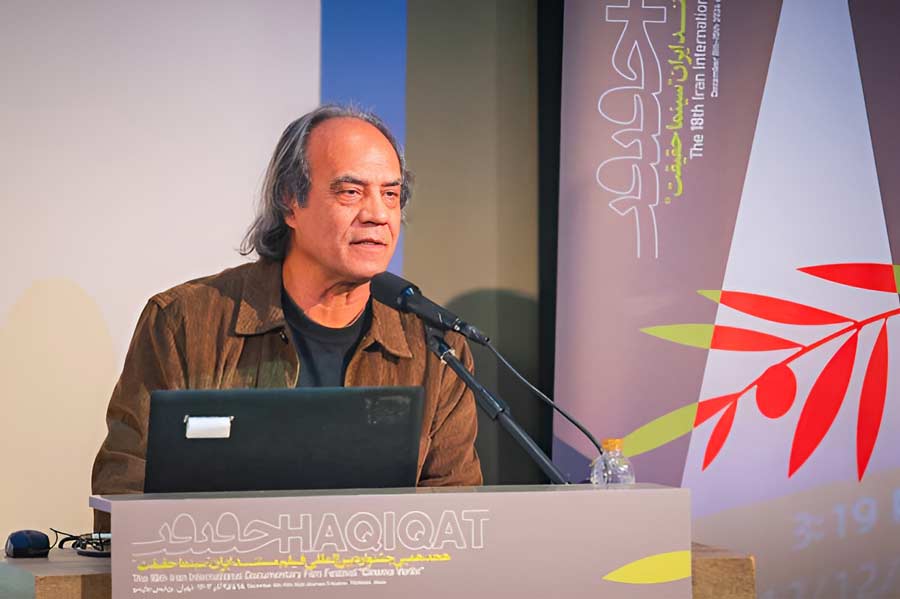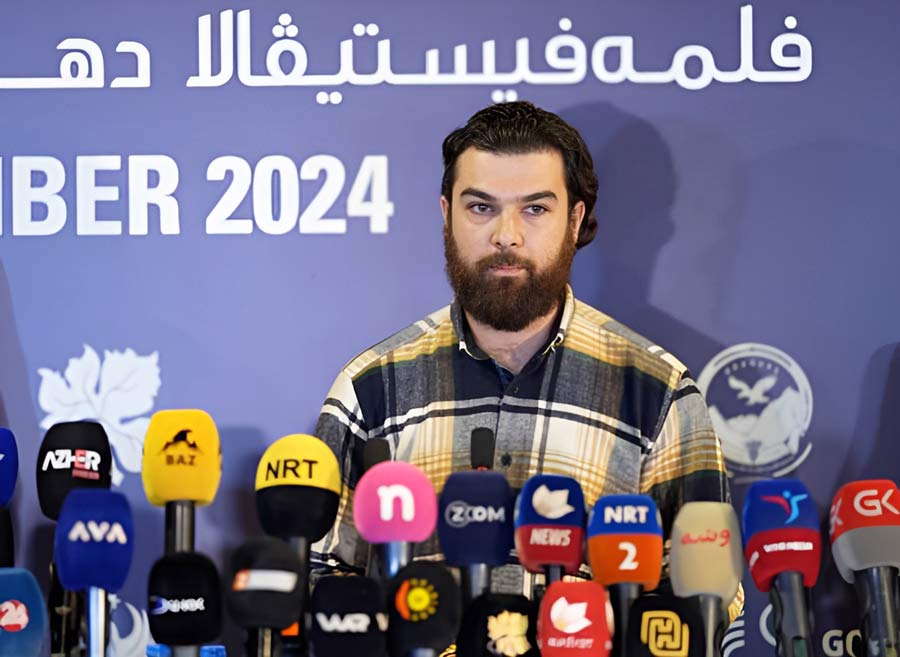-
21st Tassvir Sal (Image of the Year) celebration and Tassvir Film Festival concluded on Friday evening, March 14, with the introduction of the winners of…
-
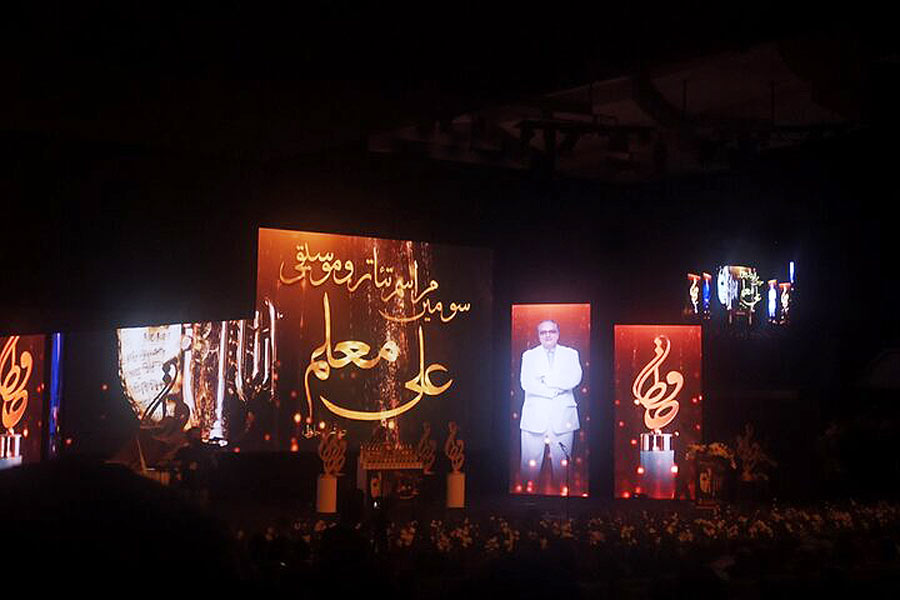
-
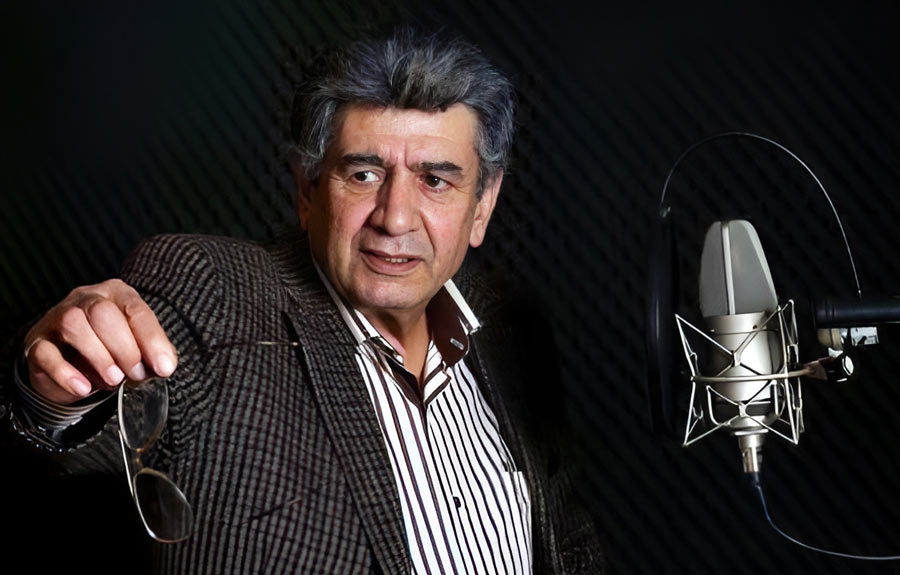
-
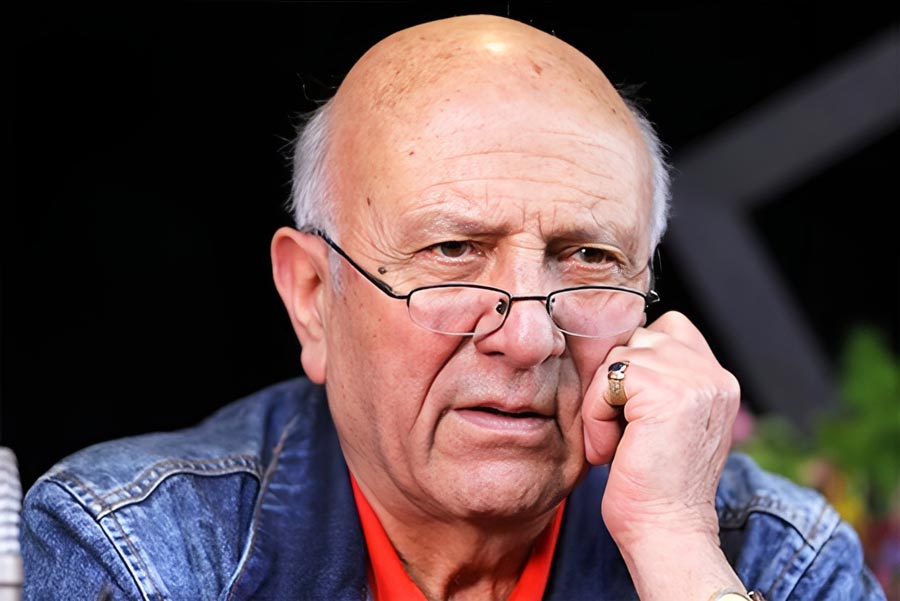
-
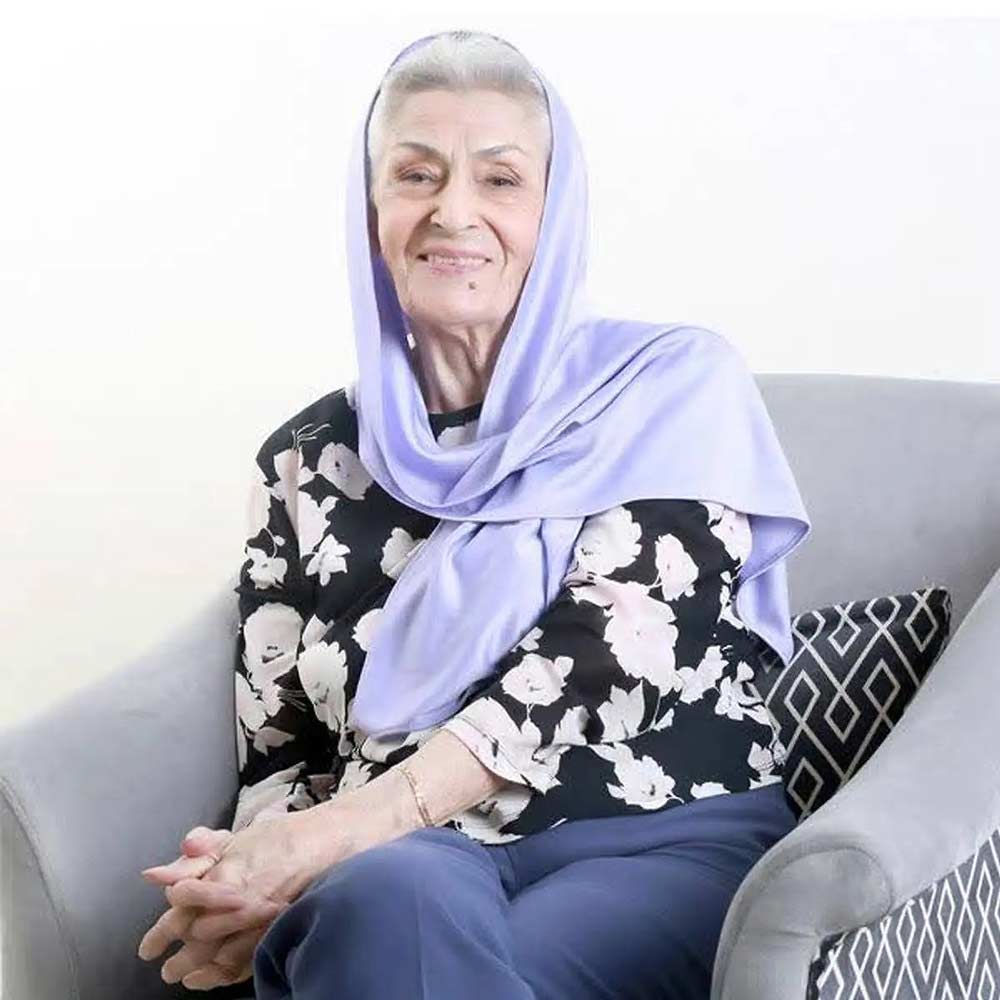 2024-12-27
2024-12-27Farewell to body of “Shokat” of Iranian art
-
 2024-12-07
2024-12-07Appreciation of Iraj Tahmasb
- Animation
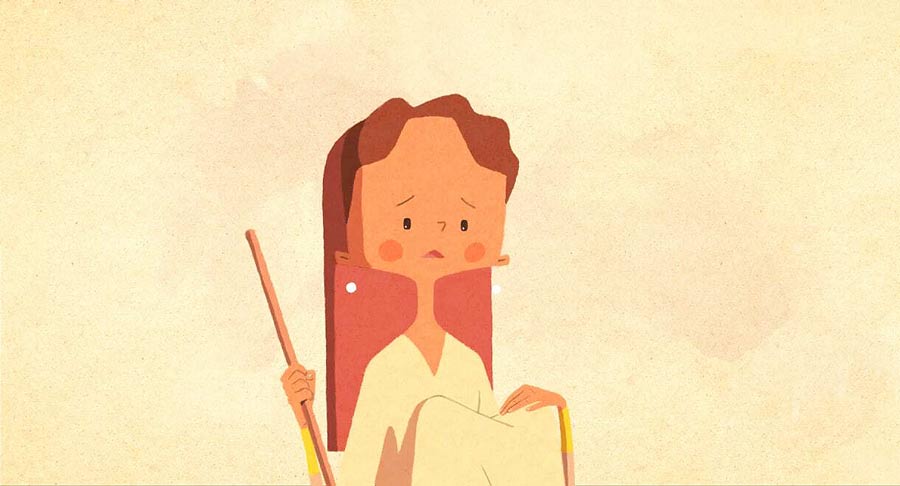 Editorial2 weeks ago
Editorial2 weeks agoOscar for animation In the Shadow of the Cypress
The Iranian animation In the Shadow of the Cypress, directed by Shirin Sohani and Hossein Molayemi, won the Oscar for Best Animated Short Film. This is the first Oscar that…
-

-
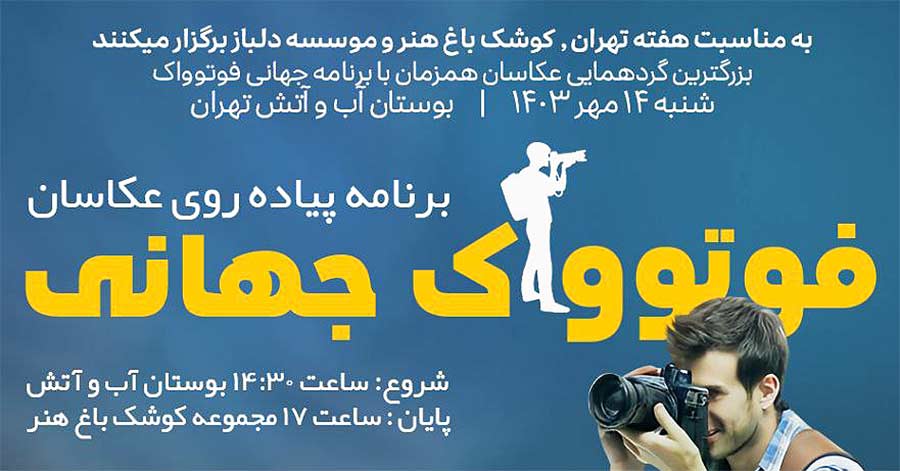 2024-10-03
2024-10-03Photographers walking in Tehran parks
-

-

- Theater
 Editorial3 weeks ago
Editorial3 weeks agoThe role of cultural institutions in the state of Iranian theater today
-
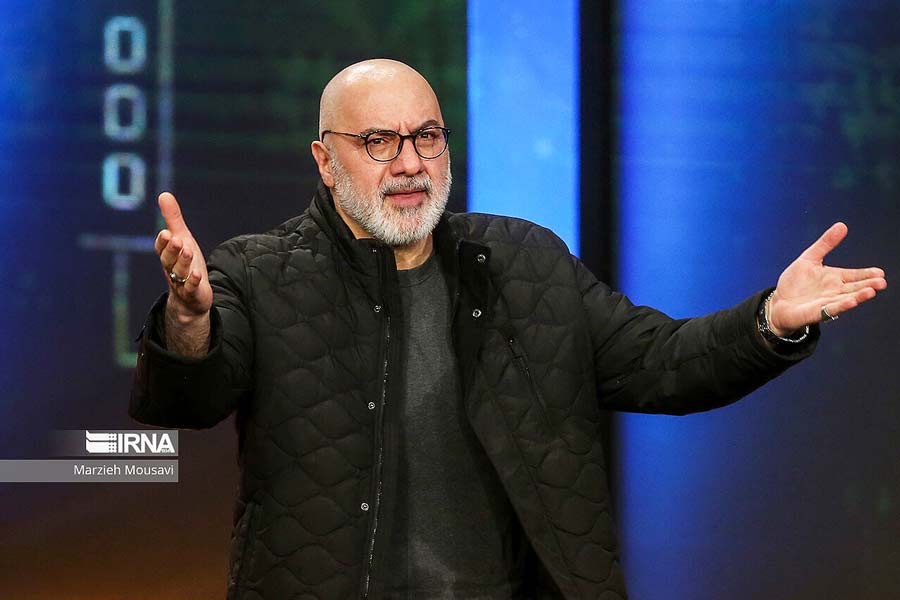
-
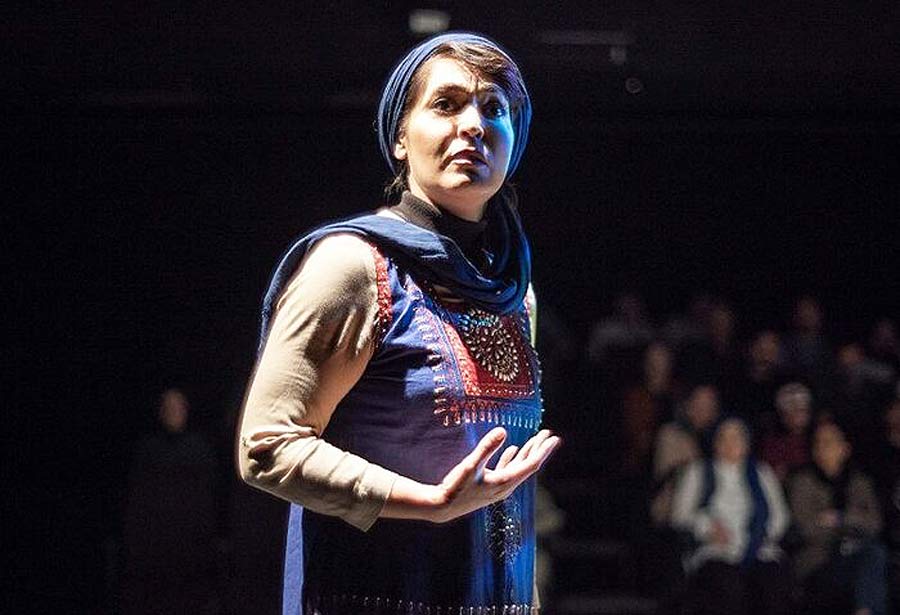 2024-06-23
2024-06-23Be honest in playing role
Dramatic
2024-07-06
Kheimeh Shab Bazi, A National Cultural Heritage in Oblivion
In defining “Culture,” intellectual aspects of life such as science, art, and religion are addressed. These include values, beliefs, attitudes,…
General
2024-03-31
Ruyin Pakbaz and Encyclopedia of Art
Ruyin Pakbaz, is an Iranian art historian, critic and modernist painter who has played an important role in turning art…
Visual Arts
2024-02-21
A look at records and artworks of Faridollah Adib Ahein
Faridollah Adib Ahein, born on November 7, 1965, is an artist and researcher, musician and painter of modern art and…
Music
2023-12-26
Role of Armenians in the development of Iranian music
Armenian music has a history of thousands of years. Duduk, as an Armenian musical instrument, has an ancient history that…
General
2023-12-25
Second stage of donating specialized books to the National Academy of Fine Arts
The director general of the artistic planning and education office of the Ministry of Culture and Islamic Guidance announced the…
General
2022-11-03
Modernity, stagnation or continuity?
Alireza Karimi Saremi: Modernity began in an era when the world was thirsty for a huge transformation, wanting a free…
General
2022-07-30
Role of culture in creation of a work of art
Alireza Karimi Saremi: One of characteristics of every land is culture of its people throughout history, and culture is an…
General
2022-07-26
International Marketing, daily need of Iranian art
Erfan Abdollah Zadeh: Visual arts has clearly become a safe capital market that is getting more and more lucky every…
Articles
2022-03-01
In fountain of thought, eyes must be washed
Alireza Karimi Saremi: Rumi (Jalāl al-Dīn Muḥammad Rūmī) says about thought: The infinite creation is a thought between / turned like…
Visual Arts
2022-02-16
Paparazzi, For A Handful of Dollars!
Alireza Karimi Saremi: In this new age, in the midst of these boundless magical waves, human beings find themselves in complete…
Visual Arts
2022-01-06
Yesterday’s photos for today, today’s photos for tomorrow
Alireza Karimi Saremi: In the current turmoil of the past centuries and the history of the rise and fall of…
General
2022-01-05
Society’s Arts and Sociology of Art
Alireza Karimi Saremi: The beginning of art is a flight of thought from humans who began life in Africa two…
General
2022-01-05
The importance of art history in evolution of contemporary art
Alireza Karimi Saremi: History is defined as the time of occurrence of an event. History is a process in the…
General
2021-12-24
Art marketing, adaptive perspective of art as an economic activity
Behdad Najafi Asadollahi: Considering the special and high position of art in human life and considering the special spiritual value…
Visual Arts
2020-11-18
Painting in Safavid Era
Safavid era is one of the brightest periods of Islamic art in Iran. The painting achievements of Herat and Kamaluddin…
General
2020-11-13
The meaning of art in terms of different systems of thought and other worldviews
The meaning of art and its definition have been researched and studied in different ways and in terms of different…
Visual Arts
2020-11-10
Inscriptions Rugs
The handicrafts of people all over the world, of which Rug is an extract, show that nature has always inspired…
General
2020-11-09
The true meaning of Art and Artist
By passing through schools and cultural thought styles and with all the definitions that thinkers and philosophers have made of…
Visual Arts
2020-11-09
Architectural History
Pre-Islamic architecture Iranian architecture must be properly examined from the depths of the history of this ancient land. Iranian architecture…
General
2020-11-05
Environmental Graphic Necessary for Indoors
The environment around us, the homes in which we live, all have an urgent need to establish the right relationships…
General
2020-11-04
History of Color
From time immemorial, man has been the clear blue of the sky, the bright red and orange at sunset, the…
Visual Arts
2020-11-04
Psychological impact of colors in childrens book illustration
Illustration is an art and art is creativity. Illustration and illustration in fact and illustration depicting the story in a…
Visual Arts
2020-11-03
Aesthetics and its reflection in Iranian hand-woven carpets
The arts are born of thought in the realm of culture and social environment. In the meantime, the industrial art…
- Music
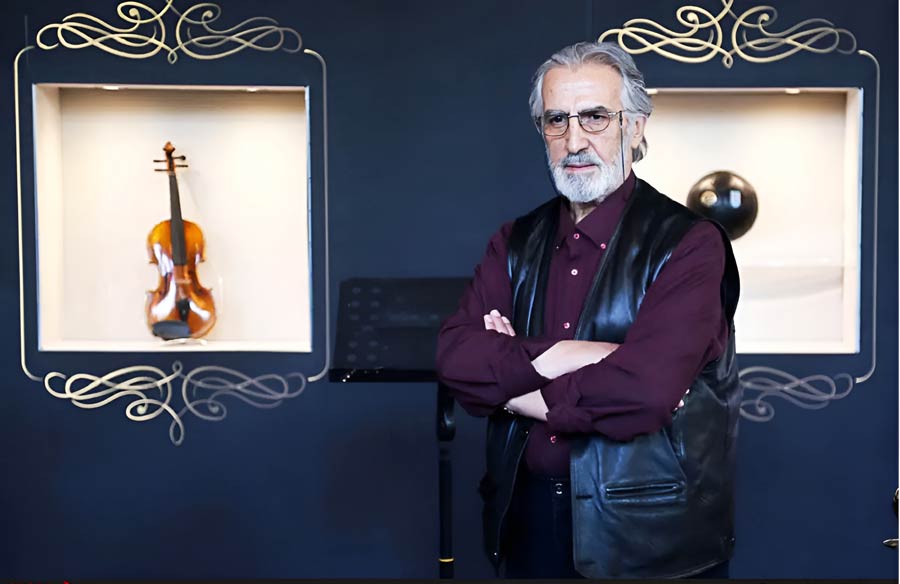 Editorial2025-01-14
Editorial2025-01-14The Death of Master Fereydoon Shahbazian
Master Shahbazian passed away at the age of 82. According Artmag.ir, quoted from Mehr, this well-known artist had numerous and effective activities in the field of composing film, series, and songs. The late Fereydoon Shahbazian…
-
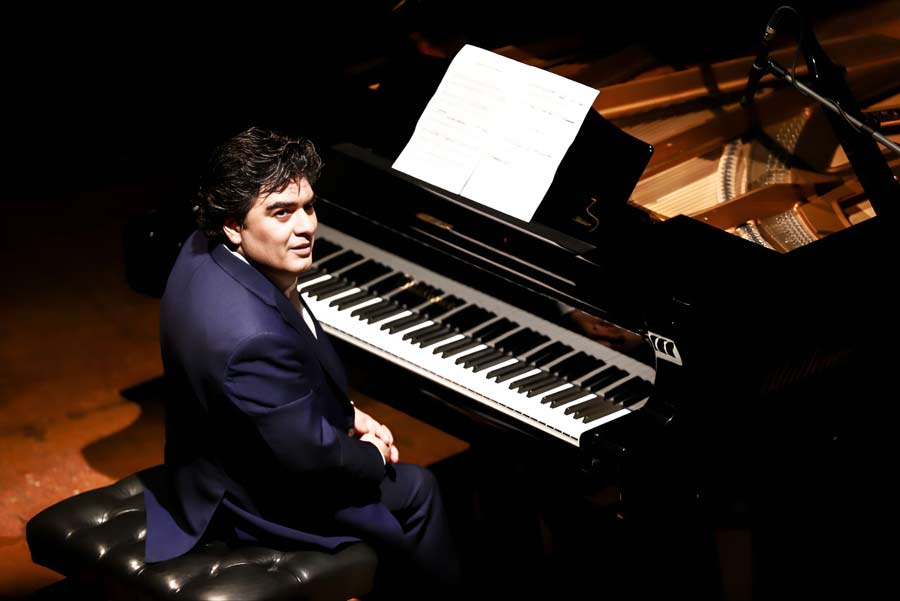
-
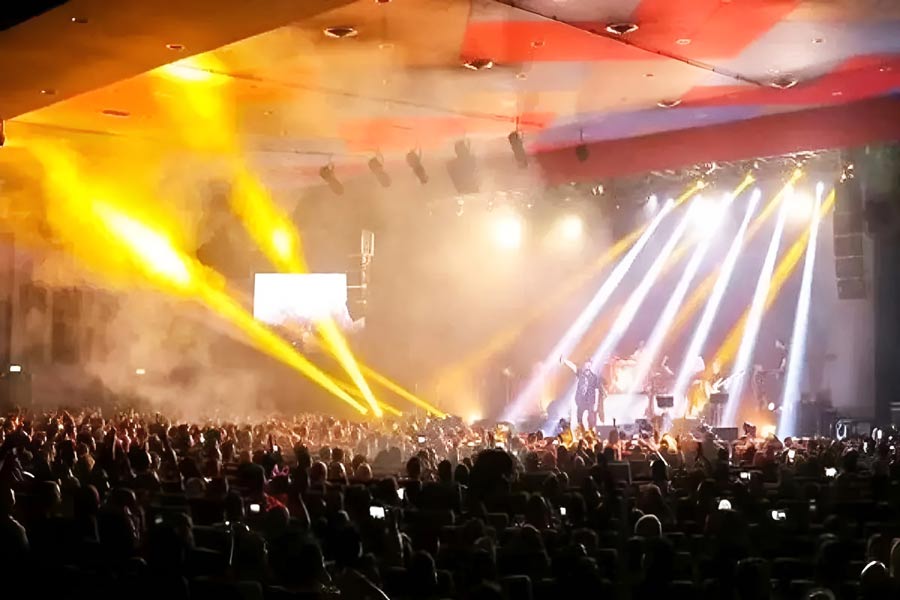 2024-10-22
2024-10-22How much does a concert cost in Tehran?
-

-
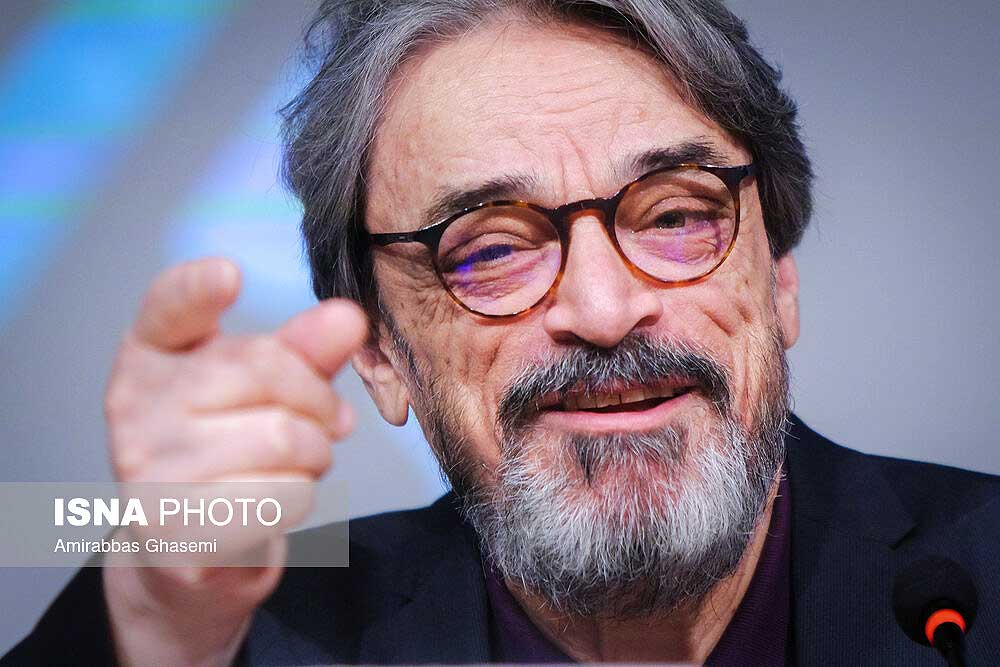
- Literature
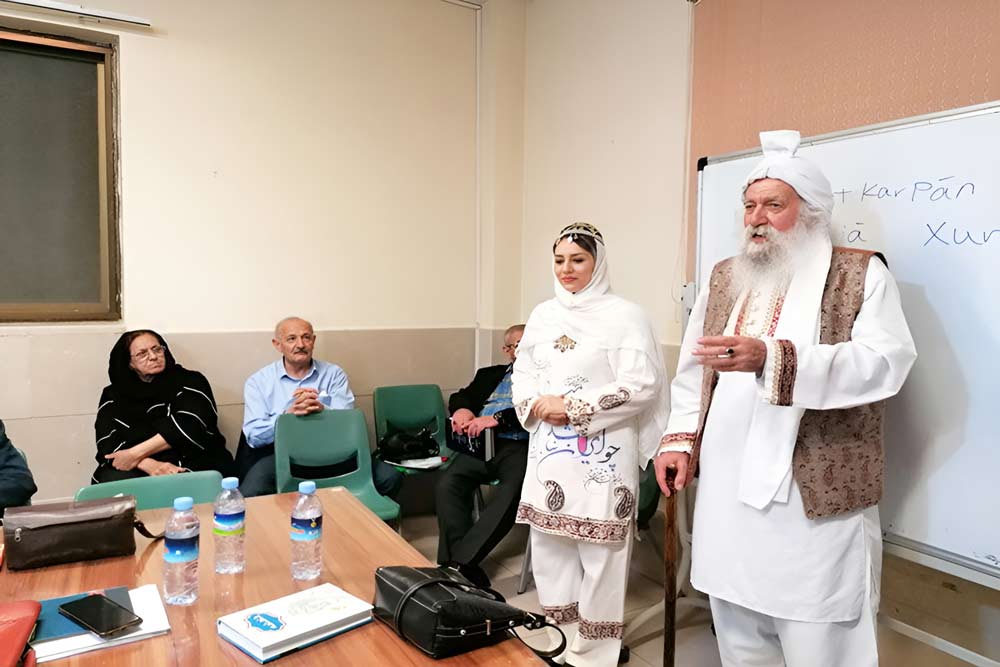 Mohsen Sanei Yarandi2024-12-22
Mohsen Sanei Yarandi2024-12-22Shahnameh Reading, a bulwark against cultural threats
Shahnameh Reading, in heart of Isfahan’s historical region, stands as a bridge between past and new generation; every week, a group of lovers of Persian language and literature gather to…
-
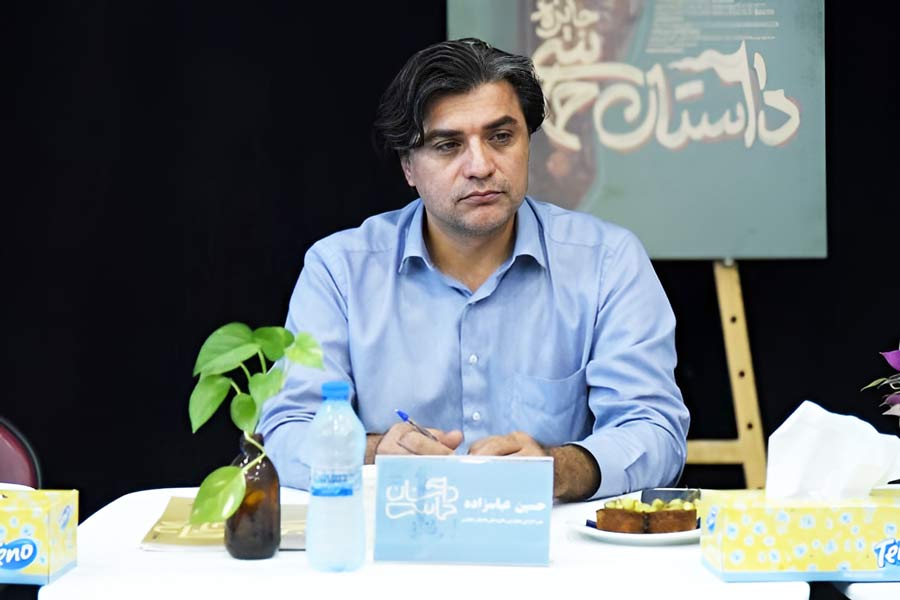
-

-
 2024-01-29
2024-01-29Where considerations are much greater
-
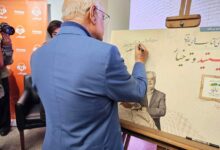
- Videos
 Editorial2 weeks ago
Editorial2 weeks agoIranian short animation In the Shadow of the Cypress wins Oscar
According to Artmag.ir, the Iranian animation In the Shadow of the Cypress, directed by Shirin Sohani and Hossein Molayemi, won the Oscar for Best Animated Short.
-
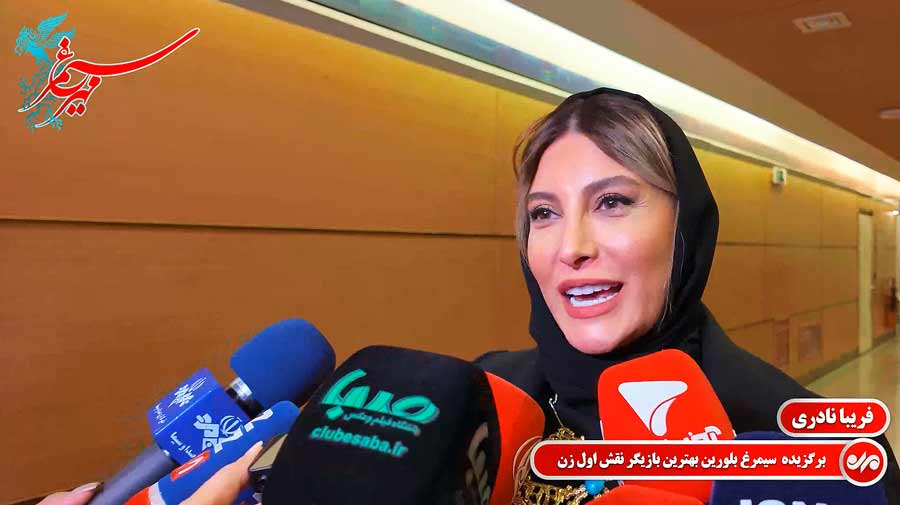
-
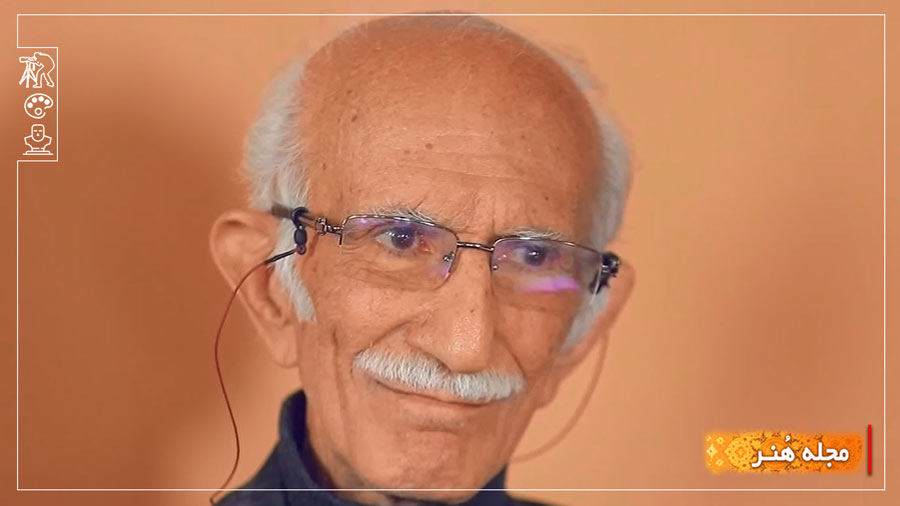
-
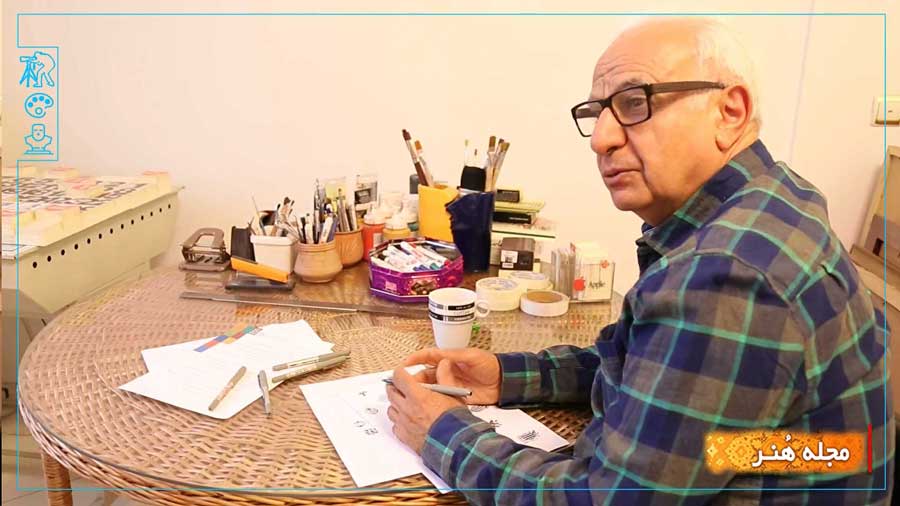 2024-10-10
2024-10-10Graphic and Master Mostafa Asadollahi
-

-
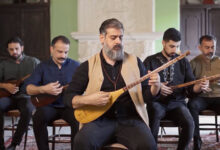 2024-02-01
2024-02-01The music video “Timeless” was released
All News
- Festivals
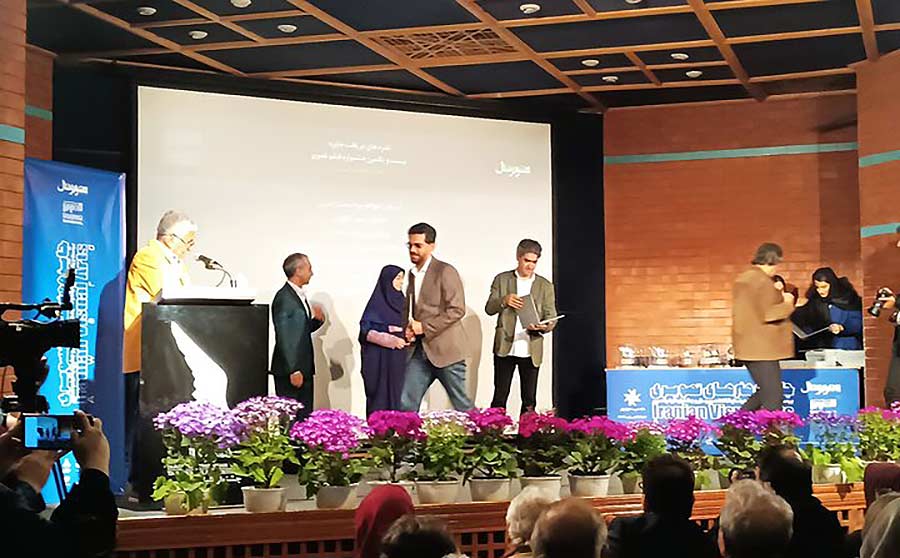 Editorial6 days ago
Editorial6 days agoIntroducing the winners Tassvir Sal (Image of the Year) celebration
21st Tassvir Sal (Image of the Year) celebration and Tassvir Film Festival concluded on Friday evening, March 14, with the…
- General News
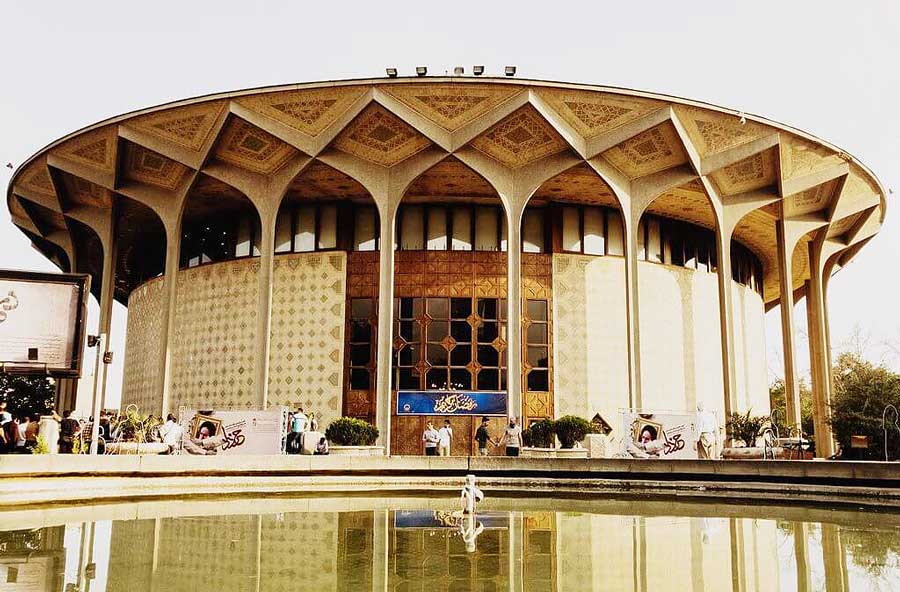 Editorial1 week ago
Editorial1 week agoThe year ended and the story of the city theater did not come to an end
Although we are in the last days of 1403, the construction of the city theater complex, as the country’s most…
- Animation
 Editorial2 weeks ago
Editorial2 weeks agoOscar for animation In the Shadow of the Cypress
The Iranian animation In the Shadow of the Cypress, directed by Shirin Sohani and Hossein Molayemi, won the Oscar for…
- Videos
 Editorial2 weeks ago
Editorial2 weeks agoIranian short animation In the Shadow of the Cypress wins Oscar
According to Artmag.ir, the Iranian animation In the Shadow of the Cypress, directed by Shirin Sohani and Hossein Molayemi, won…



